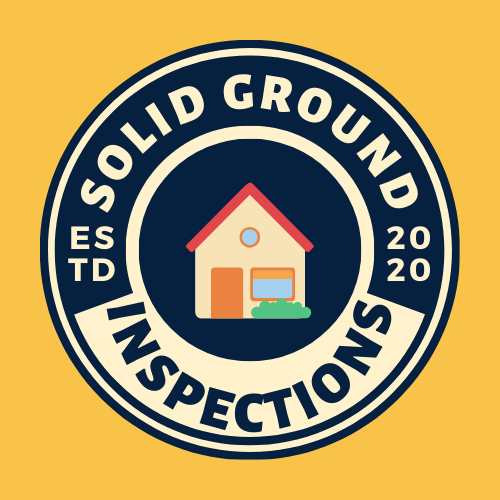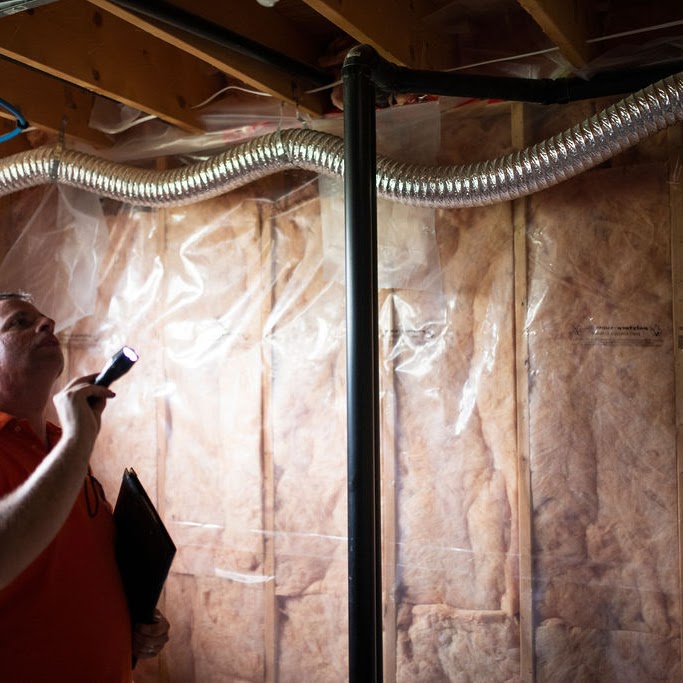Similar to other skill trade professions, home inspectors rely on some specialized tools to perform the job adequately. With the expertise, knowledge and right tool you can be sure the inspection is performed from top to bottom. Below is a list of the most important tools in our tool bag with a brief definition.
Flashlight
The flashlight is without a doubt one of the home inspectors most used tools. Using a high powered flash light enables us to check in all the dark areas such as crawl spaces and attics, it also enables us to shine a spotlight on suspicious stains on walls and ceilings that may need further investigation.
Moisture Meter
The number one enemy to a house is water/moisture. Moisture issues in a home can lead to dangerous mold, weakened foundations and a host of other issues. We use pin/pinless moisture meters to detect leaks that may be coming from plumbing, roof leaks and on walls and ceilings.
Tape Measure
The tape measure is an invaluable tool in our tool bag. Used for checking stair and deck spindle spacing, overhead clearances, insulation depths, stair rise and tread depths and the list goes on.
Ladders
We use ladders to access Roof tops, attics and hard to reach windows. The main ladders we utilize are Extension, telescopic and multi-position ladders. Whenever possibletry to access we roof tops to provide the most thorough home inspection.
Outlet Tester
The outlet tester is a small device we plug into the outlet to check for any wiring issues. It also checks for proper voltage and in fact there is power to the outlet. An other useful feature is we can check whether the GFCI outlet will trip when tested.
Gas Leak Detector
Gas leak detectors are used to detect even the slightest gas leak that the nose could never smell. We use these detectors at all gas burning appliances such eg. Gas stove, water heater, gas fireplace, outdoor barbecue, furnace etc.
Screwdrivers
A home inspection is a non-invasive inspection of the premises. Screwdrivers are most often used to remove electrical panel deadfront covers. Other uses may be for removing crawlspace doors or attic hatches.
PPE Equipment
There are some dangers that come with the home inspection career so it it very important have proper PPE equipment to protect one self. These include gloves for traversing roofs, crawling in crawlspaces and removing electrical deadfront covers. Face respirators for when entering crawlspaces, attics or any other area where there may be harmful gases. Safety glasses for when entering attics, crawlspaces and removing deadfront covers.
Knowledge
Perhaps the most important tool a home inspector brings is his/her knowledge. These tools are complimentary to the home inspectors in depth education and experience. Knowing how and when to use these tools is imperative to a thorough home inspection.


Leave a Reply